Choosing a paint color for your walls can be an overwhelming process. Sure maybe you know you want to go with a neutral wall color, but who knew there were so many different shades of white? Some whites can look more yellow while others can read more blue – how do you know what will work best in your home?
You also don’t want to go through the hassle of painting a room to realize the color just doesn’t work. That’s why at AHG Interiors, we’ve got you covered. In our paint guide, we’re reviewing the steps to take and what to keep in mind when selecting paint colors, so you can choose the perfect hue for your home.
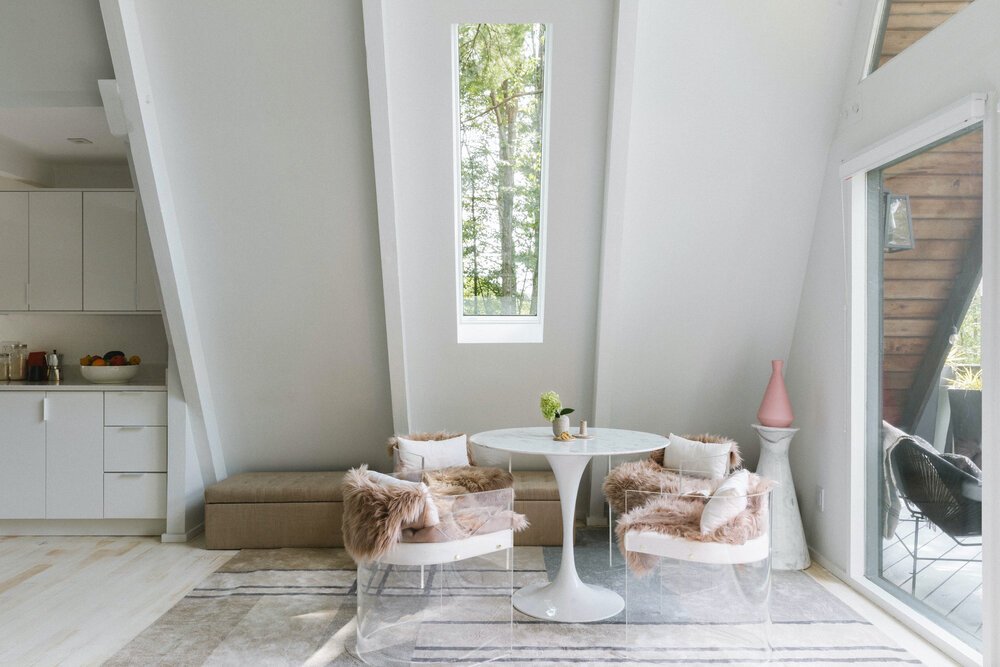
Think About the Function of the Room
Before you even start looking at paint swatches, think about the function of the room (or rooms) you’re painting. How do you want people to feel in the space? Maybe you want it to be calm and zen? Bold and dramatic? Bright and airy?
Considering these questions is an important first step because the wall color helps define the tone and mood of a space. It also affects how you feel in a space. For example earth tones, blues and greens tend to have more relaxing effects, while brighter reds, oranges, and yellows are more energizing.
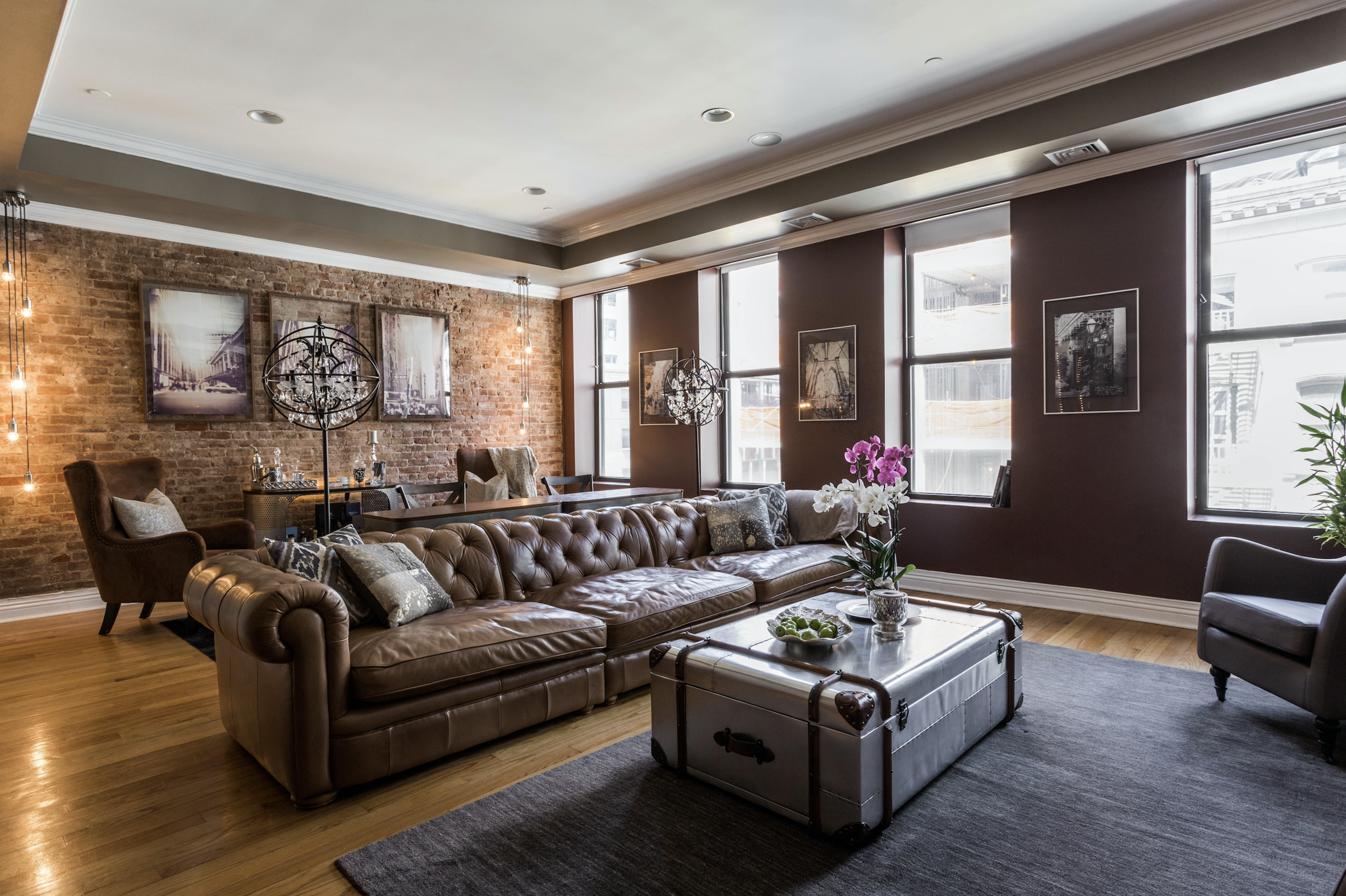
Get Inspiration From Photos
Before you even visit the paint store, you’ll want to decide on the general color pallet by looking at photos for inspiration. If you browse at the paint store without having any idea of what you want, you’ll be too overwhelmed to decide.
There are so many resources out there for design and paint color inspiration including Instagram, Pinterest, and Houzz along with design publications and magazines. Take your time with this process to see what colors and tones you gravitate towards.
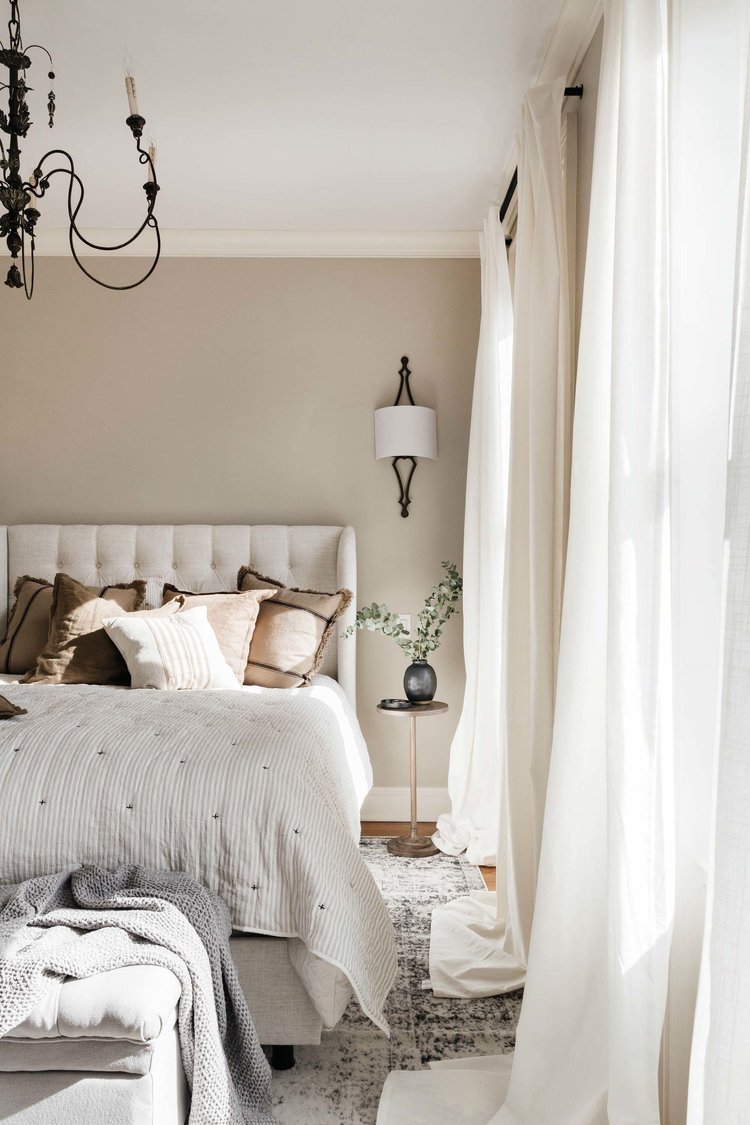
Take Inspiration From Existing Decor
Another way to develop a color scheme for the space is to take inspiration from your decor. This could be a fabric you like, artwork, a rug, or the main piece of furniture in the space.
Consider the other design elements in the room like your flooring and/or counters since you want to find a paint that coordinates with them.
If you’re starting from scratch don’t choose paint first, it’s easier to find paint to go with your furnishings and decor rather than designing an entire room around a paint color.
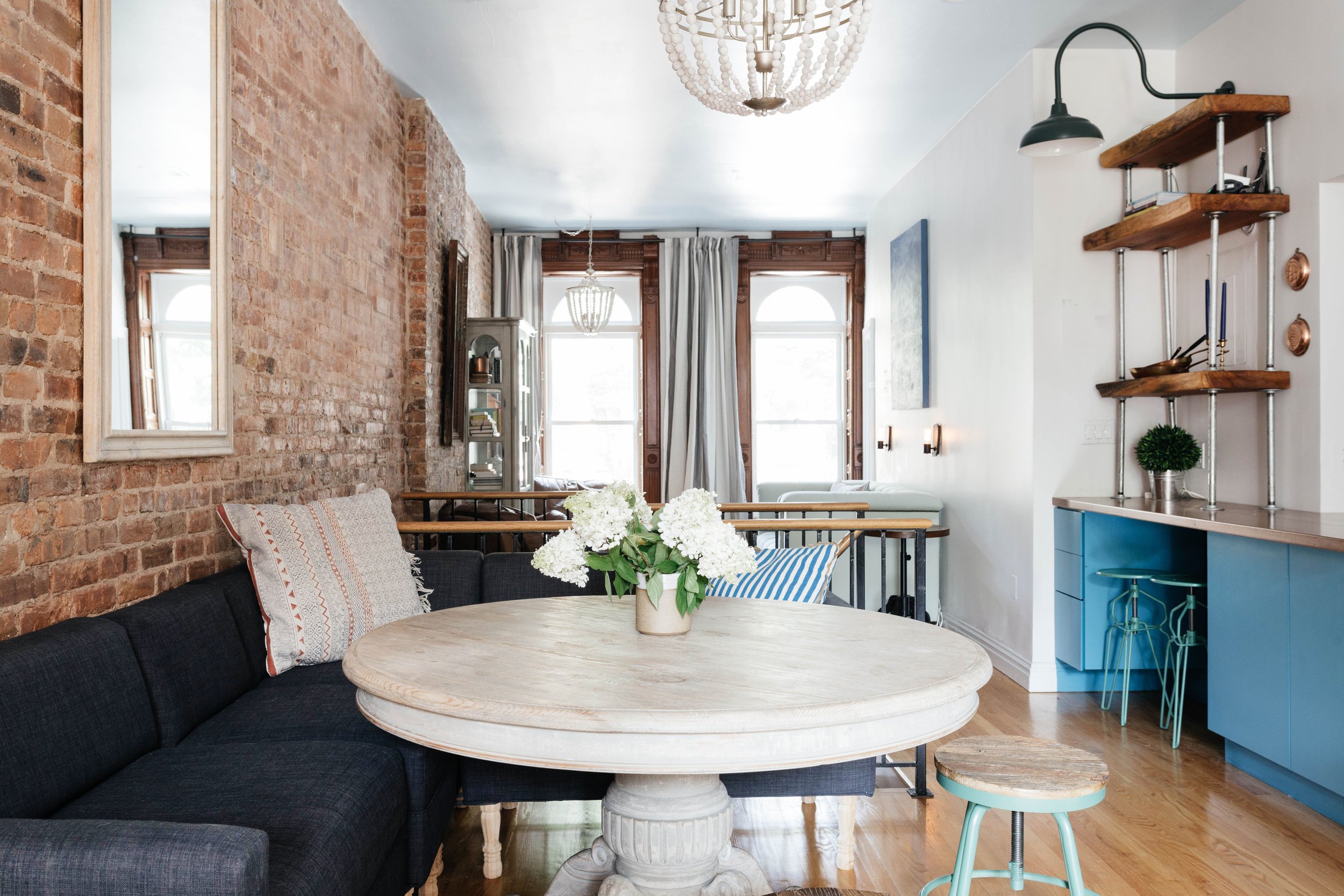
Pay Attention to Paint Undertones
You may be wondering, what are paint undertones? Isn’t a color just a color?
Not quite, the undertones in a color are the other colors that make up that color. That might sound a little confusing, so here’s another way to think about it. Most paint colors aren’t just pure colors, they’re created by blending colors. The color you perceive is the dominant color and the colors you don’t see are the undertones. The only colors that don’t have any undertones are true white, true black, and pure primary colors.
The undertones of a paint color affect how it looks in different lighting conditions. That’s why you NEVER commit to a paint color at the store because it will not look the same once it’s on the walls.
Make sure the flow throughout your home is cohesive. If you have warm undertones in one design element, carry that through in all the design elements. Mixing and matching warm and cool undertones is sure way to create a look that clashes.
You can go with one wall color throughout most of your home to keep it cohesive or you can mix it up with different colors for different rooms. If you go with more than one wall color, make sure the rooms are connected with the same trim and door color for a seamless look.
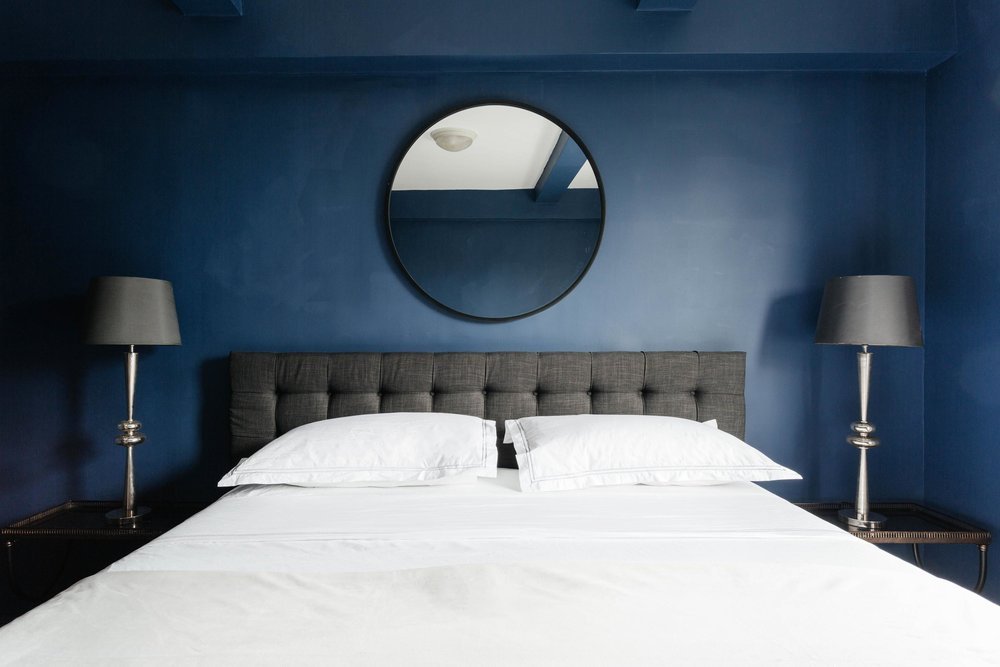
Keep the Paint Sheen in Mind
Not only will you need to consider the undertones when selecting a paint color, but you’ll also need to be mindful of the paint finish. A paint’s sheen is how much light it reflects, or in other words, how shiny it is.
For a general rule of thumb higher sheens are easier to keep clean, but also show more imperfections in the material that’s painted. Below are the different types of paint sheens and what rooms they typically work in.
High gloss – This is the shiniest type of paint finish. It’s the easiest to clean and the most durable. It’s good for cabinets, trim, and doors, but not recommended for interior walls as it shows every little flaw.
Semi-gloss – The next level down in sheen, semi-gloss is not as shiny as high gloss, but still has a shiny sheen. It’s good for areas and spaces that are prone to moisture like kitchens and bathrooms.
Satin – This is the most versatile of paint finishes and has a more velvety look. It’s still very durable and easy to clean. It’s great for high-traffic areas like living rooms, entryways, and hallways. The only downside is that it can reveal application mistakes.
Eggshell – This finish has very little shine but is good at hiding wall imperfections. It’s good for lower-traffic areas, like dining rooms and bedrooms.
Matte – If you like a no-shine appearance, then matte finishes are great for bringing a softer look to walls. It also hides imperfections very well. It’s hard to clean so you’ll only want to use it in low-traffic areas. Think ceilings, offices, and more formal rooms like a sitting room or primary bedroom.
When selecting the right finish you should take your lifestyle into account. For example, if your kids spend a lot of time in your bedroom then you don’t want to go for a matte finish on those walls.
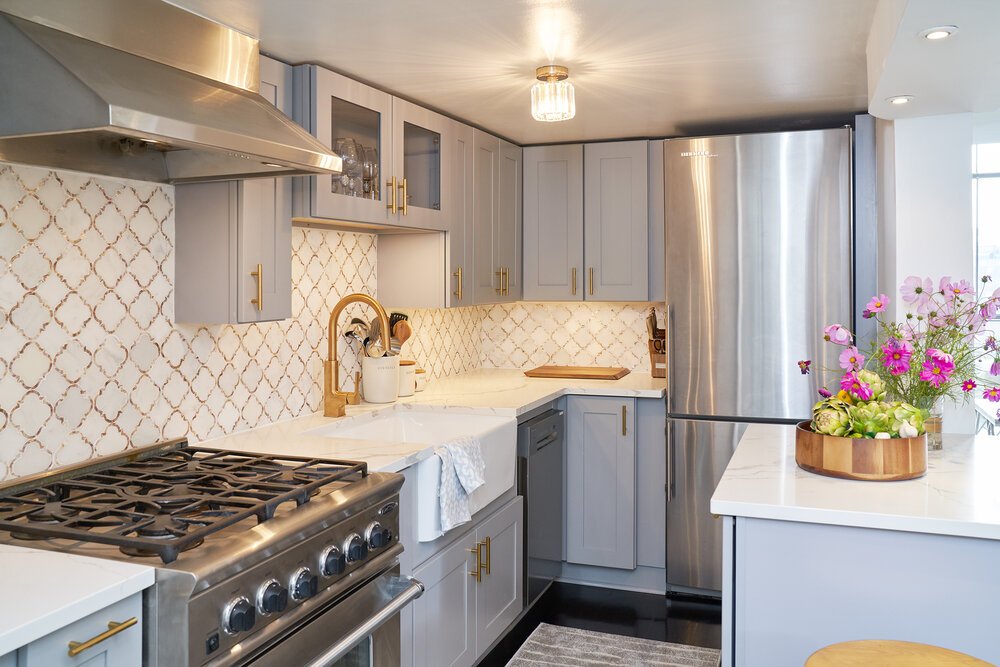
Go For Quality Paint Brands
It’s important to consider high-quality paint brands. It may be tempting to save a little on a cheaper brand, but you’ll then be sacrificing paint quality including the type of coverage and depth of color.
High-quality brands also have eco-friendly and nontoxic options with no VOCs (volatile organic compounds) which are friendlier to both people and the planet.
Some of our go-to paint brands are Benjamin Moore, Farrow and Ball, and Sherwin Williams.
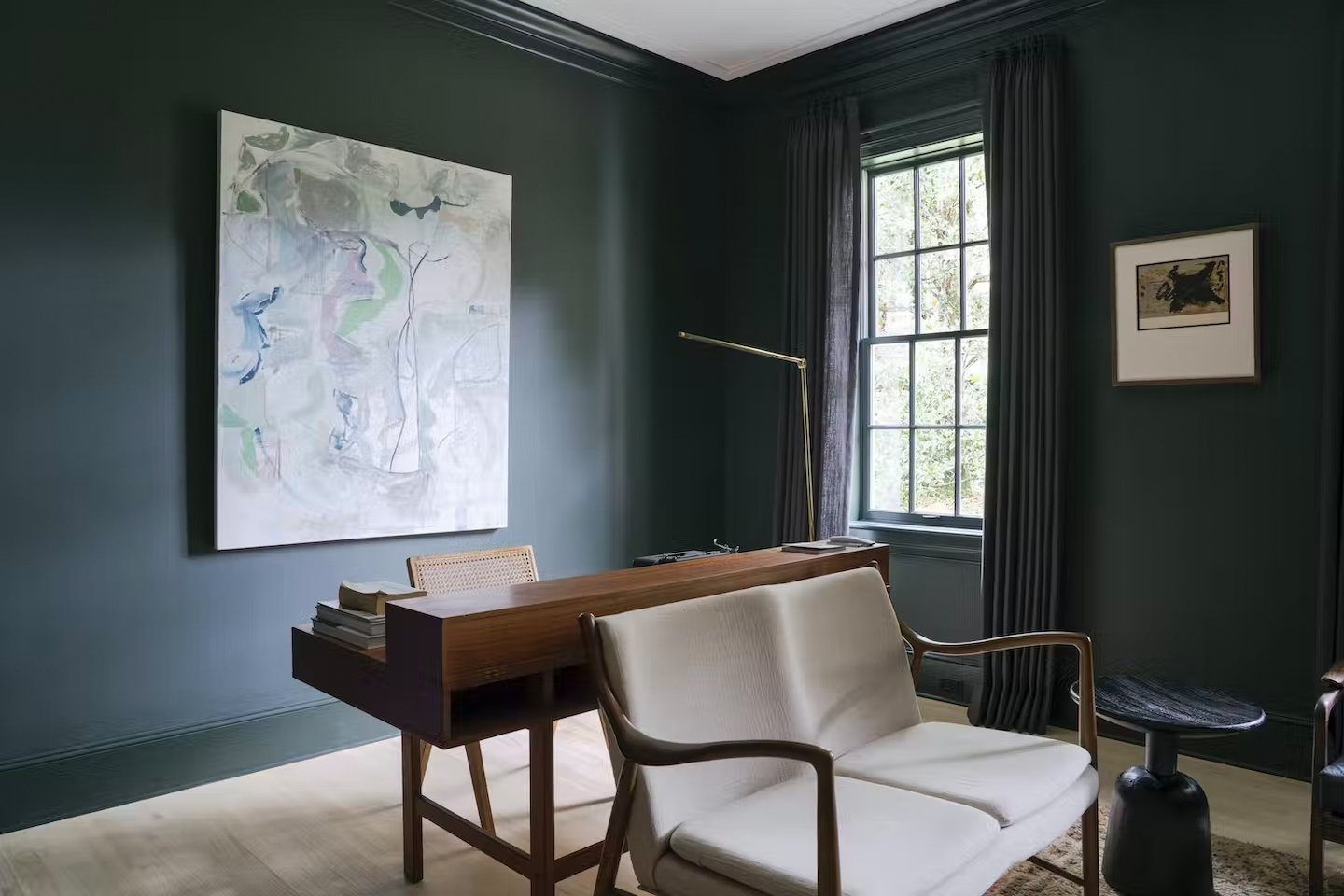
Know How to Read Paint Swatches
Paint swatches are great tools to use when selecting paint colors, but only if you know how they work. On a single paint strip, this color family shares the same undertone, they just vary in intensity from darkest to lightest.
Worried that a color you love will be too strong on your walls? Then go with a slightly toned-down version instead.
When in doubt go for classic neutrals that are sure to be timeless, rather than trendy colors that you may grow tired of after a few years.

Test Before You Commit to a Paint Color
It’s so important to test out paint colors before you decide on one. That’s because paint colors are affected by their surroundings. This includes the lighting (both natural and artificial) and everything else in the room from the flooring to furnishings and accents.
Even if you’ve landed on a single color you love be sure to test a few other similar colors to it because you don’t know how it’ll look in your home.
When testing it’s good to compare colors next to each other because that way you can really identify the undertones. Like a gray that reads more blue vs. a gray that reads more green.
Make sure you test colors on a blank canvas. If you want to test directly on the wall, make sure it’s been primed, so the paint doesn’t pick up the previous color. Or you can paint a poster board and tape it on your wall. Paint large enough swatches so you get a real sense of the color and can picture it on the full wall.
As an alternative to painting swatches, some brands offer convenient peal and stick paint samples that you can stick directly to the wall. Samplize offers them from a number of different brands, including the ones we mentioned above.
When testing, place your accents around the paint color, so you can see if it coordinates with your other design elements. Don’t just look at it against a white wall and nothing else because paint picks up what it’s surrounded by.
Also, look at your paint swatches in different lighting and at different times of day to see how the color changes and to be sure you like it in different lighting conditions.
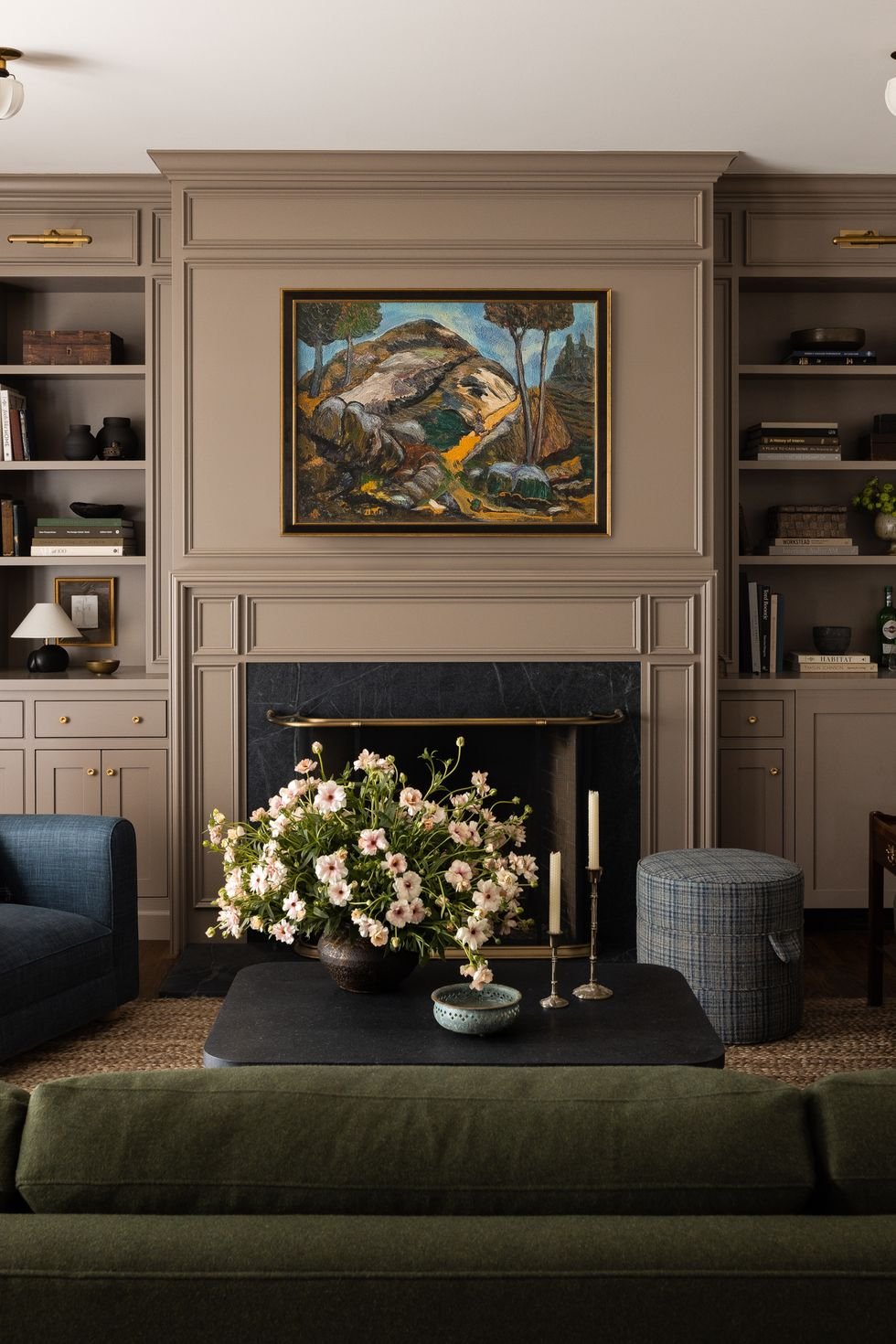
When in Doubt, Call in the Pros
If you still feel overwhelmed when it comes to choosing paint colors, don’t worry. We’re here to help! AHG Interiors is a full-service interior design firm which means we tackle full-scale renovations or new construction projects from start to finish. We also offer web consulting services if you just want to get professional advice from a skilled design team.
If you’re ready to start a design project, contact us to get started!




